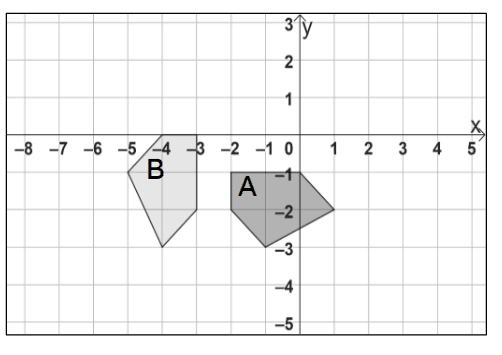Myths about teaching can hold you back


- Year 10•
- Foundation
Checking and securing understanding of rotation
I can describe a rotation and perform a given rotation on an object.


- Year 10•
- Foundation
Checking and securing understanding of rotation
I can describe a rotation and perform a given rotation on an object.
These resources were made for remote use during the pandemic, not classroom teaching.
Switch to our new teaching resources now - designed by teachers and leading subject experts, and tested in classrooms.
Lesson details
Key learning points
- Tracing paper can be a helpful tool to perform a rotation.
- The image and the object should be congruent.
- Unless a full rotation occurs, the object and its image will not have the same orientation.
- Clockwise is the direction the hands of a clock travel in.
- To rotate, you need the centre, direction and angle of rotation.
Keywords
Transformation - A transformation is a process that may change the size, orientation or position of a shape.
Rotation - The rotation of an object is the turning of an object by a fixed amount and around a fixed point (called the centre of rotation), without the image being flipped or its size changing.
Centre of rotation - The centre of rotation is the fixed point about which an object is rotated.
Object - The object is the starting figure, before a transformation has been applied.
Image - The image is the resulting figure, after a transformation has been applied.
Common misconception
Pupils may rotate in the opposite direction to the stated direction.
Encourage pupils to read the question twice and highlight the key pieces of information before starting the question.
To help you plan your year 10 maths lesson on: Checking and securing understanding of rotation, download all teaching resources for free and adapt to suit your pupils' needs...
To help you plan your year 10 maths lesson on: Checking and securing understanding of rotation, download all teaching resources for free and adapt to suit your pupils' needs.
The starter quiz will activate and check your pupils' prior knowledge, with versions available both with and without answers in PDF format.
We use learning cycles to break down learning into key concepts or ideas linked to the learning outcome. Each learning cycle features explanations with checks for understanding and practice tasks with feedback. All of this is found in our slide decks, ready for you to download and edit. The practice tasks are also available as printable worksheets and some lessons have additional materials with extra material you might need for teaching the lesson.
The assessment exit quiz will test your pupils' understanding of the key learning points.
Our video is a tool for planning, showing how other teachers might teach the lesson, offering helpful tips, modelled explanations and inspiration for your own delivery in the classroom. Plus, you can set it as homework or revision for pupils and keep their learning on track by sharing an online pupil version of this lesson.
Explore more key stage 4 maths lessons from the Further transformations unit, dive into the full secondary maths curriculum, or learn more about lesson planning.

Equipment
Tracing paper
Licence
Prior knowledge starter quiz
6 Questions
Q1.A is a process that may change the size, orientation or position of a shape.
Q2.If one shape can fit exactly on top of another using , reflection or translation, then the shapes are congruent.
Q3.Select the transformation that does not always produce an image that is congruent to the object.
Q4.Some Oak pupils are discussing whether these two triangles are congruent. Who is correct?

Q5.Shapes A and B are congruent. The length of the side marked $$y$$ is cm.

Q6.Quadrilaterals A and B are similar. The length of the side marked $$y$$ is cm.
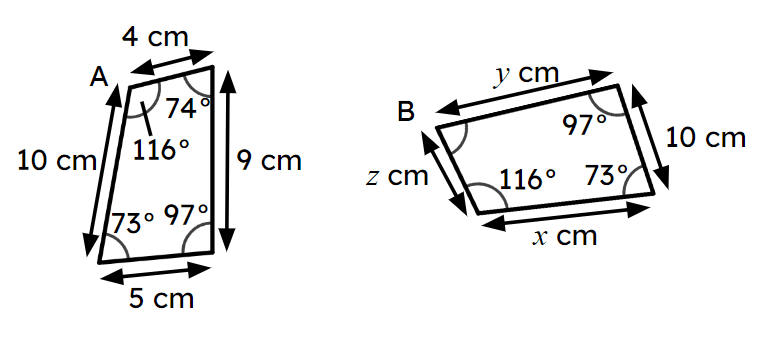
Assessment exit quiz
6 Questions
Q1.The fixed point about which an object is rotated is called the __________.
Q2.Shape a has been rotated 90° anti-clockwise about (-2, 2). The image is shape .
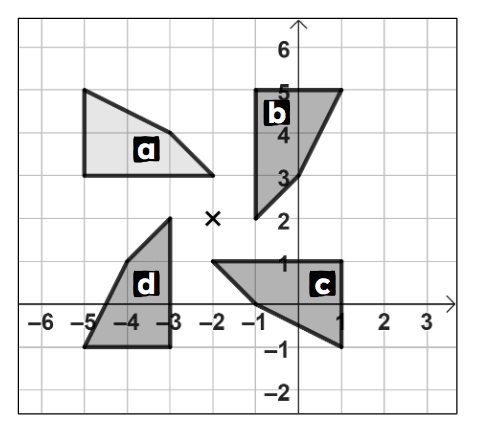
Q3.Match together equivalent rotations.
90° anti-clockwise -
270° clockwise
180° clockwise -
180° anti-clockwise
270° anti-clockwise -
90° clockwise
360° anticlockwise -
360° clockwise
Q4.Describe the transformation that maps shape A onto shape B.
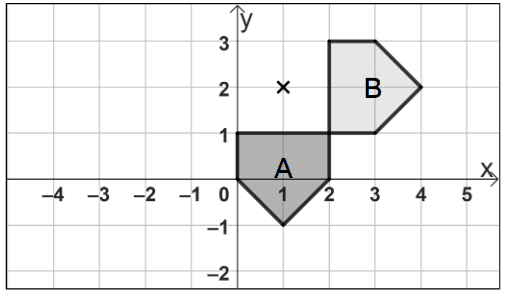
Q5.The transformation that maps shape A onto shape B is a rotation of ° clockwise about (0, 0).
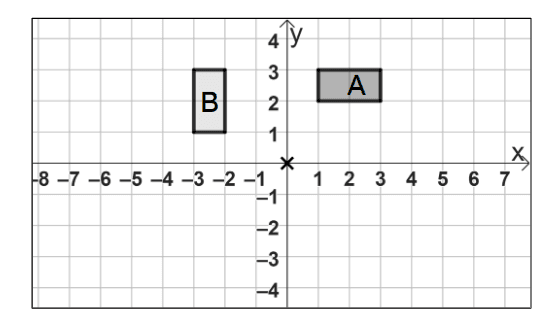
Q6.The transformation that maps shape A onto shape B is a rotation 90° clockwise about .
